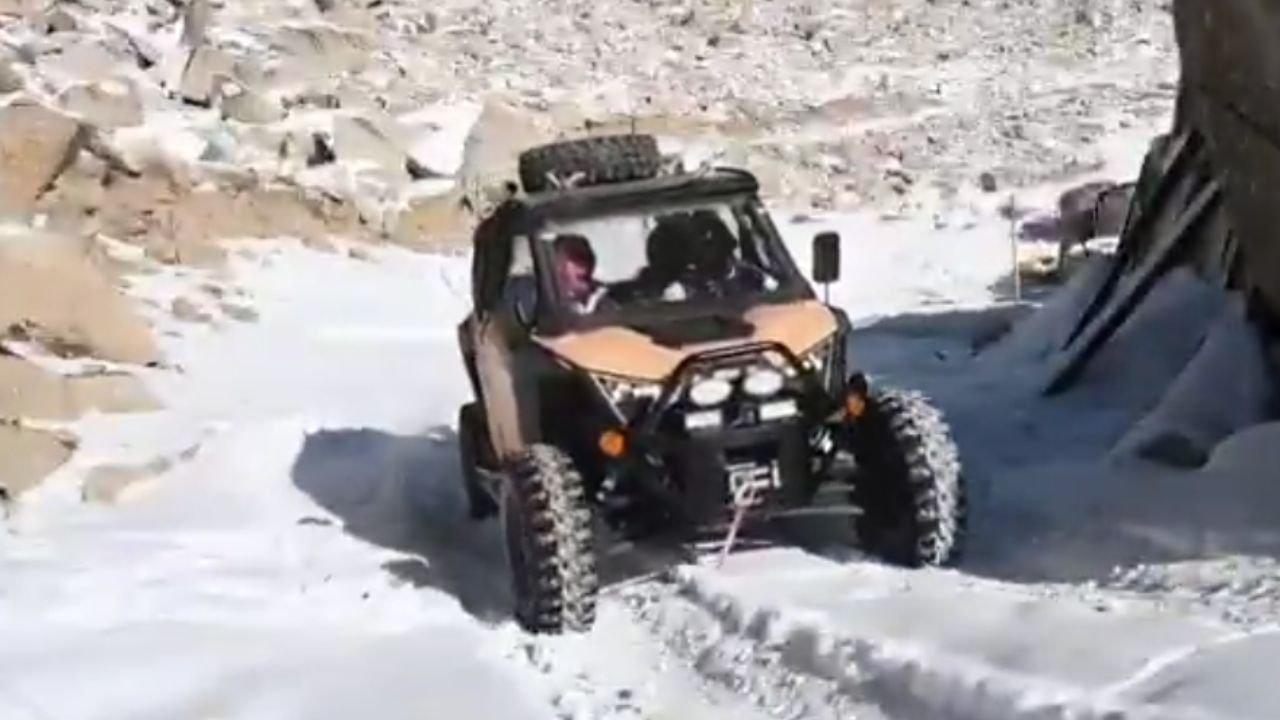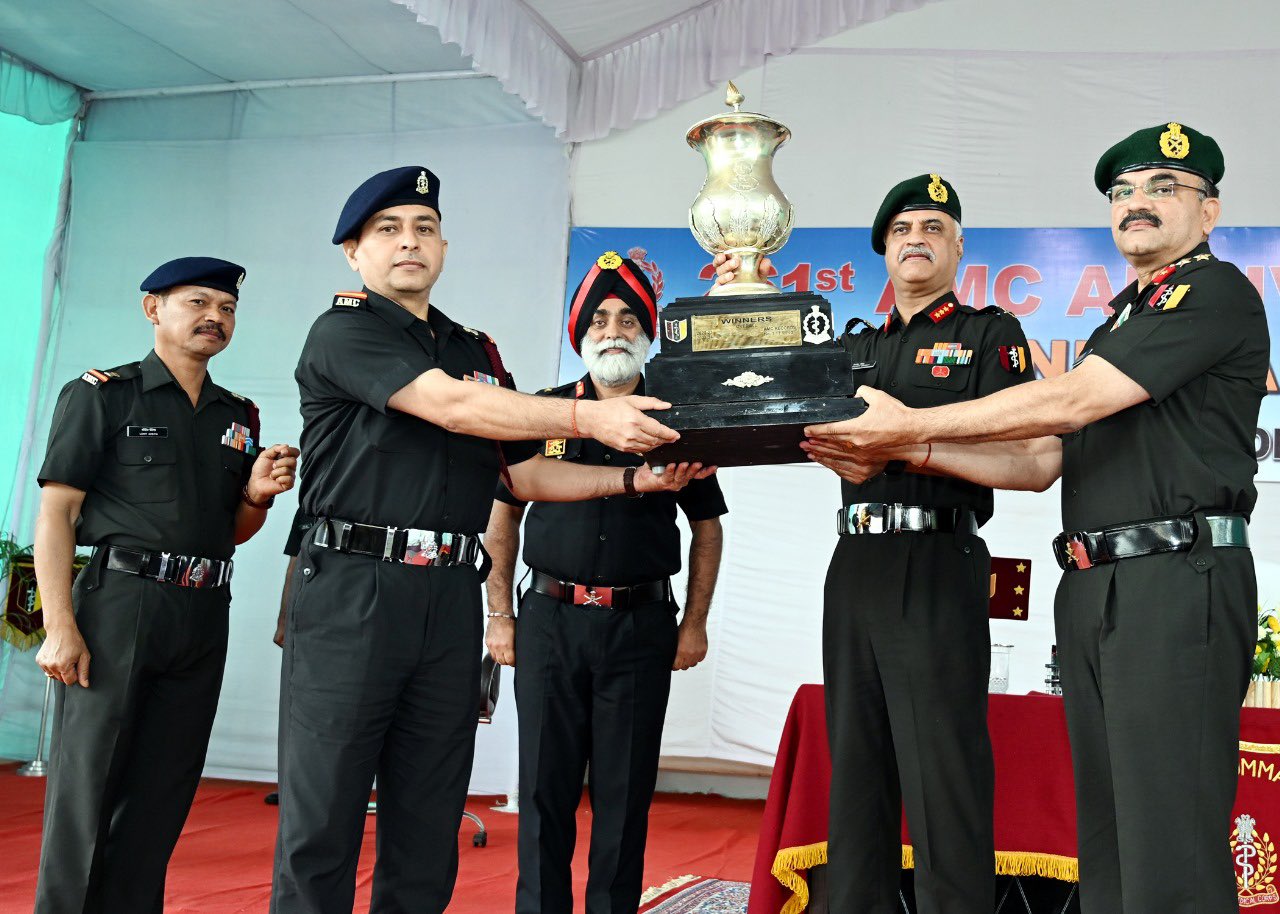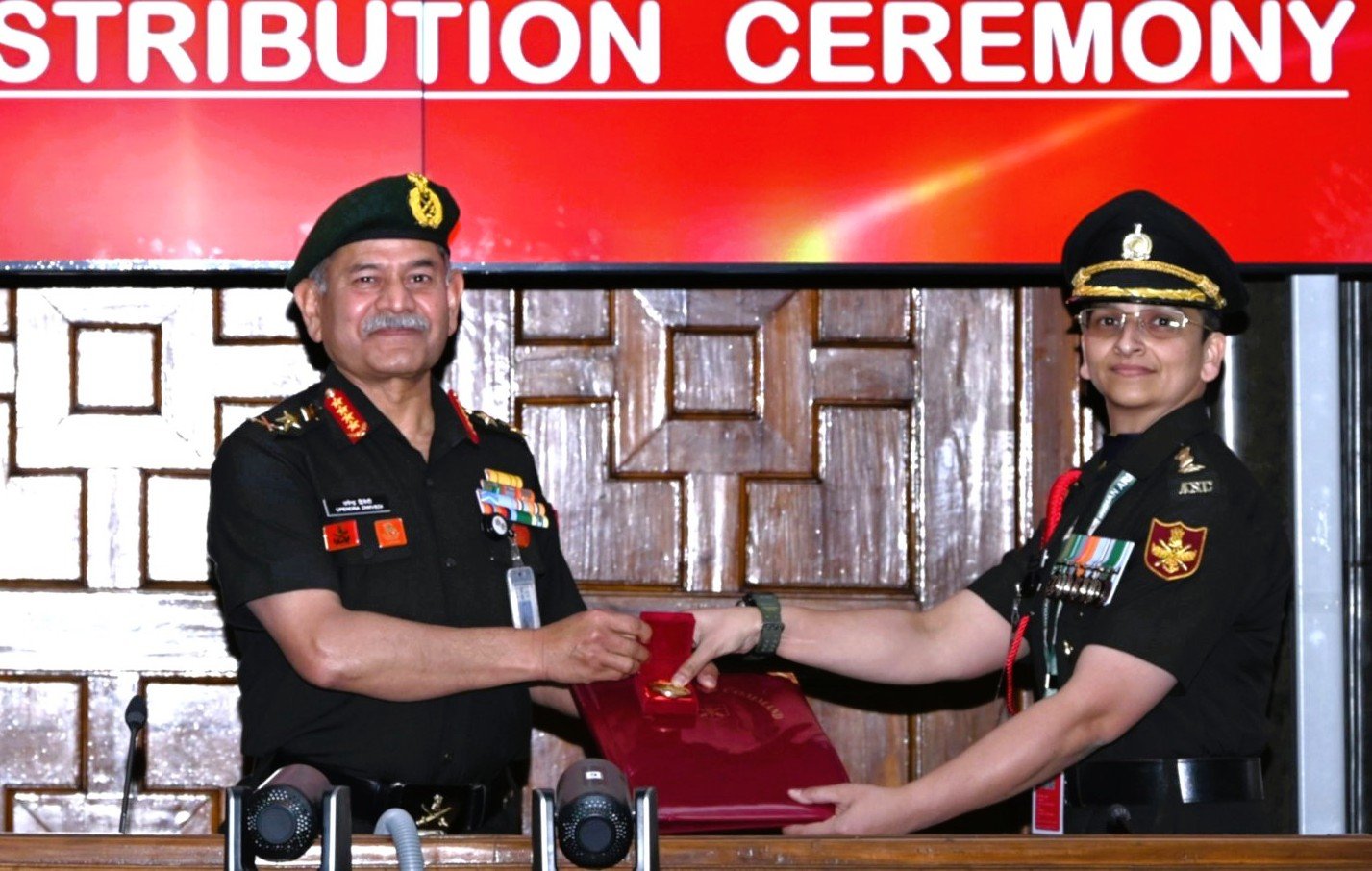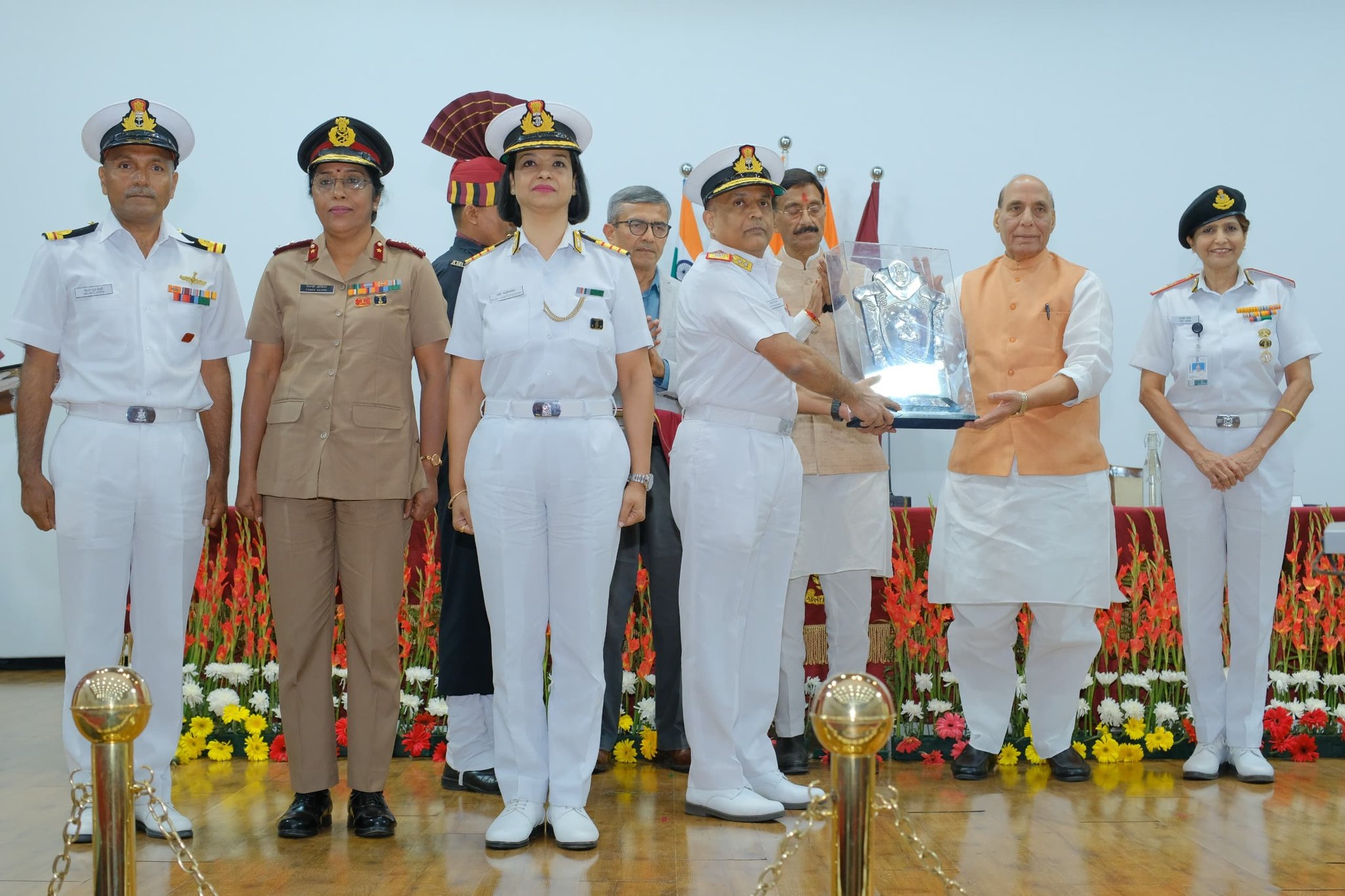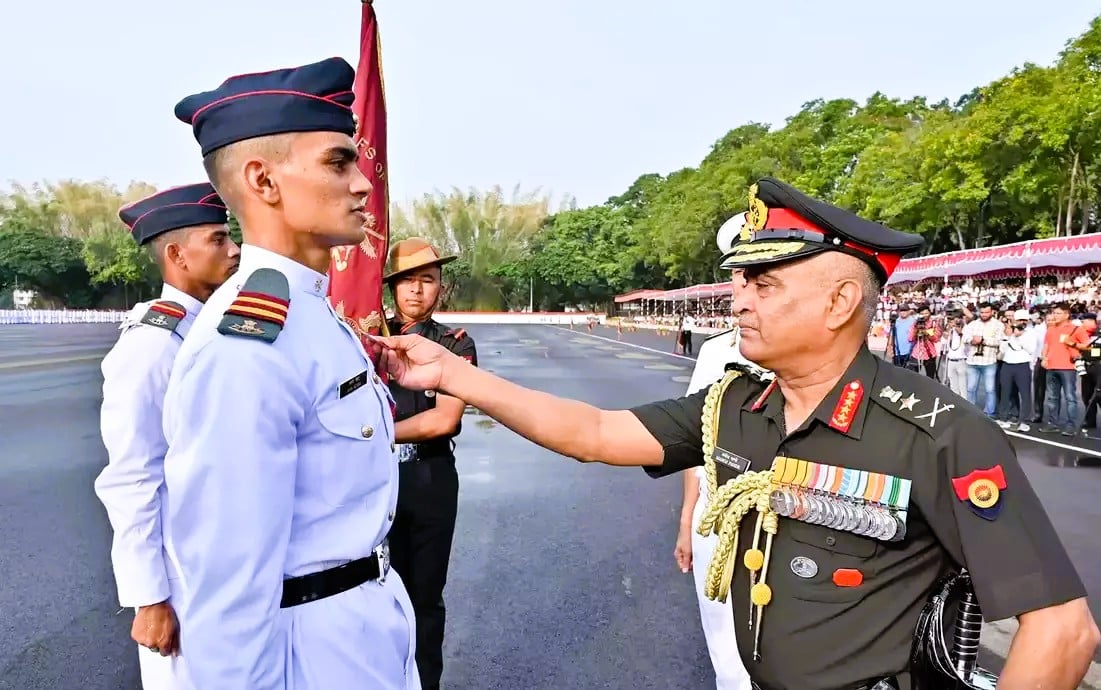The Indian Army is ramping up its patrolling activities along the Line of Actual Control (LAC), particularly in regions where operational challenges were previously encountered. Following a recent disengagement with China, the Army’s focus has shifted towards monitoring previously inaccessible areas such as Depsang and Demchok, including critical patrol points like PP13. However, with the onset of winter, the entire LAC is now covered in snow, complicating patrol operations in these harsh climates.
To address these challenges, the Indian Army has implemented the use of All-Terrain Vehicles (ATVs) in its surveillance and monitoring efforts. These vehicles have been deployed particularly in the high-altitude regions of Ladakh and other border areas, allowing for enhanced efficiency in patrolling efforts. The incorporation of ATVs represents a significant tactical advantage, enabling faster mobility and improved operational capacity in some of the world’s most difficult terrains.
Models such as the Polaris Sportsman, Polaris RZR, and JSW-Gecko ATOR have been specifically selected for their rugged design, which caters to challenging environments, from the snow-laden peaks of Eastern Ladakh to the rugged valleys of Kashmir. The lightweight yet durable nature of these ATVs facilitates excellent maneuverability across various conditions. They allow soldiers to traverse rough terrain, steep inclines, and rocky paths at higher speeds, thereby streamlining the patrolling process and enabling quicker response times.
The severe weather conditions along the LAC necessitate that soldiers operate efficiently while contending with snow, rocky landscapes, and steep topography. The ATVs provide crucial advantages in these scenarios, allowing for speed and agility that traditional methods could not offer. Previously, soldiers had to rely on horseback, utilizing Zaniskari horses with rifles in tow to access hard-to-reach areas such as the Depsang Plains. The integration of ATVs changes the dynamics of patrolling in these challenging landscapes, particularly in regions like Rakhi Nala and Ziong Nala, known for their impassable terrains.
By enhancing capabilities in this manner, the Indian Army is significantly improving its operational readiness and response capabilities. The introduction of ATVs marks a crucial evolution in the Army’s strategy, reinforcing its ability to monitor and secure the LAC effectively, even amid the most adverse weather conditions. This initiative underscores India’s commitment to safeguarding its national security in difficult environments, ensuring that vigilance remains paramount along its borders.

